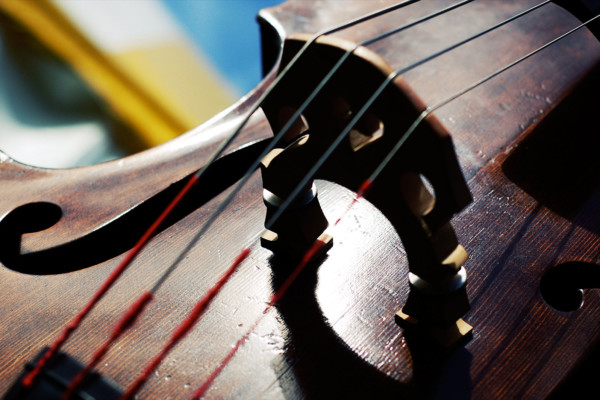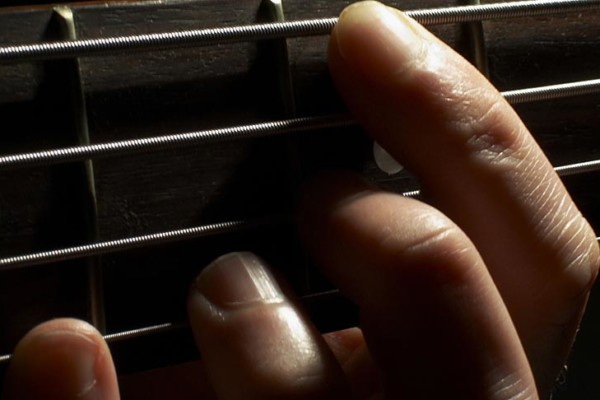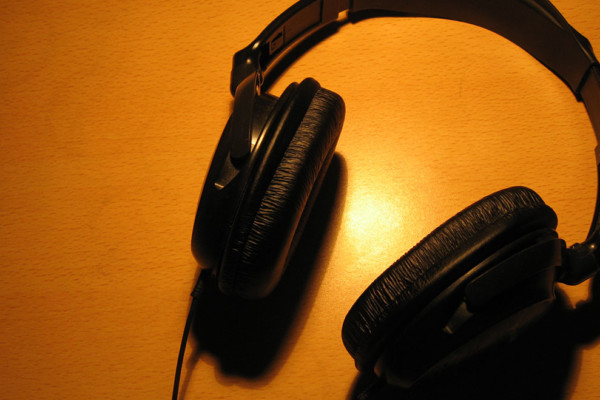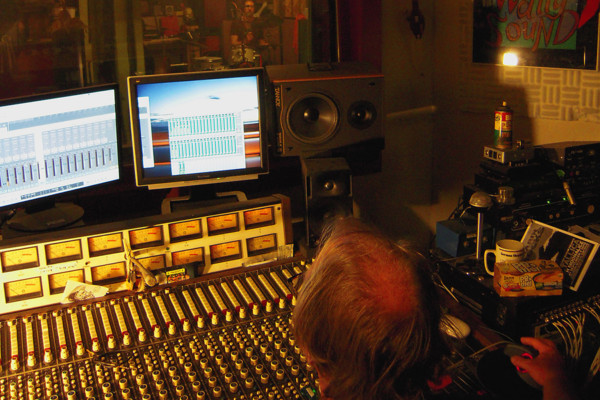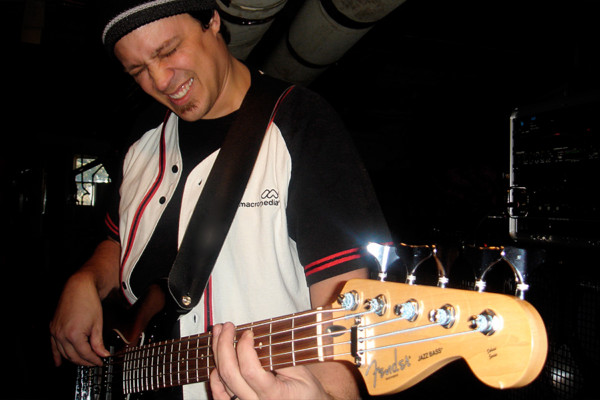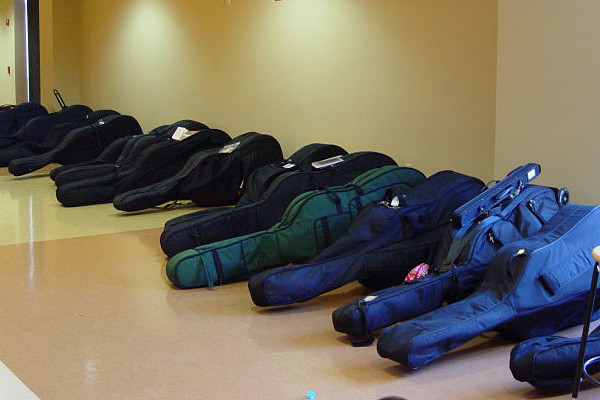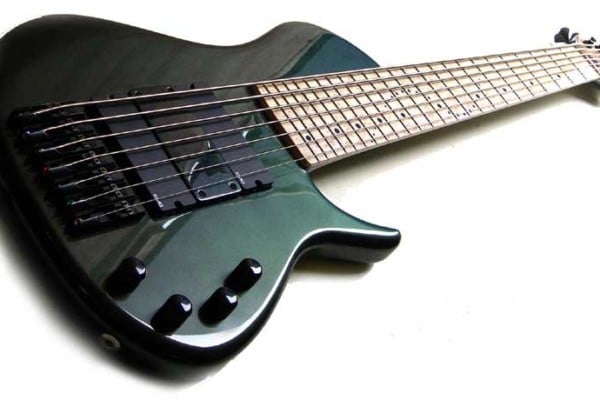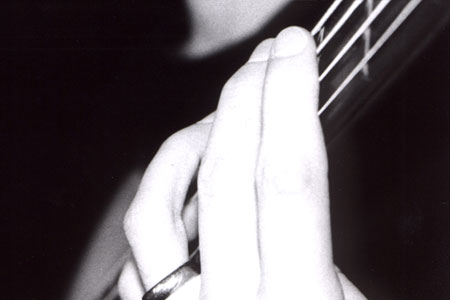How To Archives
Five Things to Remember to When Moving from Electric to Upright Bass
The electric bass and the double bass (aka Contrabass, Kontrabass, Contrebasse, Upright bass, Stand-up bass, String bass, Doghouse bass, etc. etc.) are cousins. It seems intuitive that one plays both instruments. After all, we share a range, number of strings (generally) and a tuning (most of the time). However, the constructions of the instruments differ enough to make for substantial...
How to Build Muscle Memory: A List for Bass Players
Q: I hear everybody talking about “muscle memory”, i.e. being able to play without looking at the fingerboard. How do you get there? Any special advice or exercises, especially for fretless? A: Muscle memory is crucial to your development as a player. I also consider the ability to use harmonic devices (like substations and different chord scales) a type of...
Transcribing Hard-to-Hear Bass Lines
Q: Sometimes I have difficulty extracting the bass line from a song my band has decided to cover, especially for songs where the bass is deep in the mix. Can you recommend any applications or techniques for isolating the bass line or at least bringing it up to the surface? A: While there is something to be said for developing...
Setting a Path to Session Work
Q: I have been toying with the idea of starting a session band. I have the right musicians, we are already tight and working on our own stuff, but I have started wondering how one would go about promoting themselves as a session musician. I have been trying to get in with some professional organizations locally, like the local theatre...
Settling into a Groove: A Guide for Bass Players
One of the most important things we do as bass players is to create and lock into a groove. When I practice this I prefer a drum machine to a metronome. Here’s a guide to working with a drum machine to master the groove: 1. Set the tempo and style. Choose all the styles you are trying to be competent...
Cody Wright: How to Play Funk Bass with a Pick
Last month we featured a burning track by the Jonathan Scales Fourchestra entitled “TNFJ“. The song really caught readers’ attention with sick drumming, other-worldly steel drums, and of course, the extra funky bass line by Cody Wright. Wright, who uses a pick to play, also wowed us with a driving and percussive solo. Here is his new video tutorial on...
What’s In My Gig Bag? Part 2: Jazz/Rockabilly, Solo Shows and Flying
One of the things every gigging bassist needs to refine is what they bring to the gig, in addition to their bass and amp (if appropriate). We all have items we might need for gig emergencies and unforeseen circumstances. Showing up to the gig and having an equipment problem is no fun and ultimately it makes you look bad. Everyone...
What’s In My Gig Bag? Part 1: Classical
One of the things every gigging bassist needs to refine is what they bring to the gig, in addition to their bass and amp (if appropriate). We all have items we might need for gig emergencies and unforeseen circumstances. Showing up to the gig and having an equipment problem is no fun and ultimately it makes you look bad. Everyone...
Bass Ramps: The How and Why
Q: I see a lot of people talking about the use of bass ramps. I see that it’s basically a piece of wood in between the pickups, but I’m not sure what the benefits are. Also, how do you make one? A: A ramp (or finger ramp) was created out of the desire to broaden the range of feeling one...
Bass Harmonics: Middle of the String Harmonics
We’ve found where the most common harmonics are at the end of the fingerboard, and also toward the nut. Today, let’s find the most common harmonics in the middle part of the string. In the examples below, the lower staff tells us where to put place our fingers and find the harmonic. The upper staff tells us the sounding pitch...
Lower Position Harmonics
Last time we found some of the most common harmonics as they are played at the end of the fingerboard. Since the placement of harmonics on the string “mirror” themselves from the mid point (i.e. you find the same notes toward the nut as you do toward the bridge) we can find the harmonics from last installment not only at...
Expanded Harmonics: More on Locations and Patterns
Last time we talked about how to find out where harmonics occur on a string by dividing the string into equal parts. Below you will find a more straightforward representation of the specific harmonics that can be found at the end of the fingerboard on each string. We will be placing the thumb on the second octave harmonic for each...
